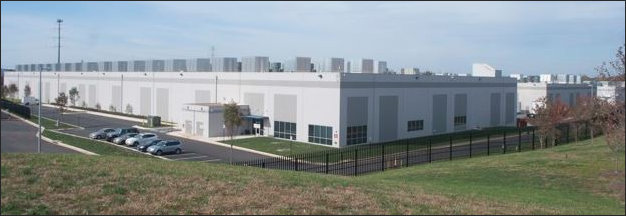
AWS data center in Ashburn. Photo credit: Atlantic
Governor Terry McAuliffe announced a major economic-development coup yesterday: Amazon Web Services (AWS) will locate its new East Coast corporate campus in Fairfax County, creating up to 1,500 jobs. AWS, which already operates several data centers in Northern Virginia and distribution centers downstate, will provide cloud computing services from the new campus.
“When one of the world’s most successful companies chooses to expand its footprint across Virginia, it is a testament to our talented workforce and business climate,” McAuliffe said in a press release. “Because it was a priority to win this transformational project, we partnered with Virginia’s Major Employment and Investment Project Approval Commission to ensure that AWS chose the Commonwealth. We have a longstanding relationship with Amazon and are proud that the company will continue to play a key role in building the new Virginia economy.”
Virginia competed successfully against Texas and Washington for the project.
Amazon employs nearly 7,000 Virginians. Between the AWS corporate center and a new distribution center in Frederick County, the Seattle-based technology giant will add more than 2,000 jobs over the next several years, said Secretary of Commerce and Trade Todd Haymore.
“The actual infrastructure at the heart of AWS’ infrastructure-as-a-service isn’t the thing that makes it important to developers; it’s the services and APIs built on top of that infrastructure,” wrote Ingrid Burrington in a 2016 Atlantic magazine article about AWS’s Northern Virginia operations.
AWS cloud services provide web hosting, application hosting, storage and backup, content delivery, and scalable database solutions, according to the press release. “AWS offers over 90 fully featured services for compute, storage, networking, database, analytics, application services, deployment, management, developer, mobile, Internet of Things (IoT), Artificial Intelligence (AI), security, hybrid, and enterprise applications.”
Bacon’s bottom line: AWS’s decision to locate in Fairfax County is good news. I take it for granted that the 1,500 technology jobs will pay well. As a bonus, these jobs represent a significant step toward the diversification of Northern Virginia’s economy away from direct federal employment, adding luster to the region’s status as the nation’s leading location for data centers. While the federal government will be a major customer, the corporate center will serve private and nonprofit clients, too.
A criticism of data centers is that they support few jobs. Well, the AWS campus will support a lot of jobs. This announcement is very good news, and none of what follows should diminish the accomplishment.
However….. I do have questions. AWS will be eligible to receive $7,000 in state incentives per net new job created, up to 1,500 jobs. That represents a state subsidy of up to $11,250,000 for the company with the fourth largest market capitalization in the world ($423 billion as of March 31, 2017).
The state “custom performance grant” will be triggered by Amazon hiring 600 employees. The Virginia Economic Development Partnership (VEDP) worked with the Major Employment and Investment Project Approval Commission to secure the project. McAuliffe approved the grant, which also must be approved by the General Assembly. Although the press release did no say so, Virginians can be reassured that the grant is contingent upon AWS creating the jobs it says it will.
But why is any subsidy necessary? The press release says that Virginia competed with Texas and Washington state for the project. Really? Virginia competed with Texas and Washington for an East Coast corporate center? The press release says that AWS will be providing services to businesses, government, and educational organizations.” The biggest government customer of all happens to be the federal government, the center of which is within spitting distance of Fairfax County. If you want to provide cloud services to Uncle Sam, you need a location in the Washington metropolitan area, not halfway across the country.
One of AWS’s services is GovCloud, designed to host sensitive data and regulated workloads. States the GovCloud website: “AWS GovCloud (US) is operated solely by employees who are vetted U.S. Citizens on U.S. soil, and root account holders of AWS accounts must confirm they are U.S. Persons before being granted access credentials to the region.”
The website does not mention GovCloud employees requiring security clearance, although I would find it difficult to imagine that they wouldn’t. Lending credence to my conjecture, AWS works closely with Corporate Office Properties Trust (COPT), a real estate investment trust that specializes in national security tenants.
“Amazon’s relationship with COPT may help reassure federal and local government agencies that the Amazon US East facilities meet their requirements,” wrote Rich Miller in Data Center Frontier in September 2016.
“Security is in COPT’s DNA,” the company says, noting its historic focus on security. That includes Anti-Terrorism/Force Protection (ATFP) compliance, with a controlled perimeter greater than 150 feet from the building, biometric access controls, man traps, video surveillance zones, and extensive experience building SCIF (Sensitive Compartmented Information Facility) space for government clients.
Given the emphasis on security for data-center infrastructure, it would seem likely that similar considerations would prevail at the Fairfax County corporate center where employees provide value-added services. Surely it would be easier for AWS to recruit employees with security clearances in Northern Virginia than either Washington, where GovCloud is currently located, or Texas.
I welcome Amazon as a corporate citizen of the Commonwealth. But I have a tough time swallowing a $11 million subsidy for a cloud-services project that logic dictates should be located (1) near federal agencies in Washington, D.C., and (2) in a mid-Atlantic location easily accessible to the entire east coast to serve other clients. (Perhaps there is a third advantage — physical proximity to the company’s Northern Virginia data centers, but that’s pure conjecture on my part.)
VEDP and the MEI commission undoubtedly had good reasons for providing the grant. But we’ll never know how well the commission conducted its due diligence. Economic-development deals are always treated as highly confidential, and the public never gets to know the justification for why public funds are expended. I hate the lack of transparency.



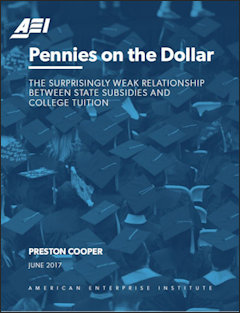 One of the great debates in higher-education policy is the relationship between cuts in state subsidies for colleges and universities and increases in tuition. Over the past two decades states (including Virginia) have curtailed state support, and college tuitions have soared. The higher-ed lobby argues that the one is the direct and proximate cause of the other: Institutions raise tuition to compensate for state cuts.
One of the great debates in higher-education policy is the relationship between cuts in state subsidies for colleges and universities and increases in tuition. Over the past two decades states (including Virginia) have curtailed state support, and college tuitions have soared. The higher-ed lobby argues that the one is the direct and proximate cause of the other: Institutions raise tuition to compensate for state cuts.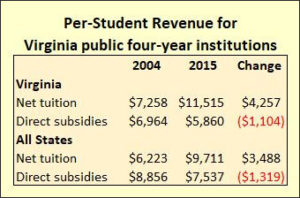
 By Steve Haner
By Steve Haner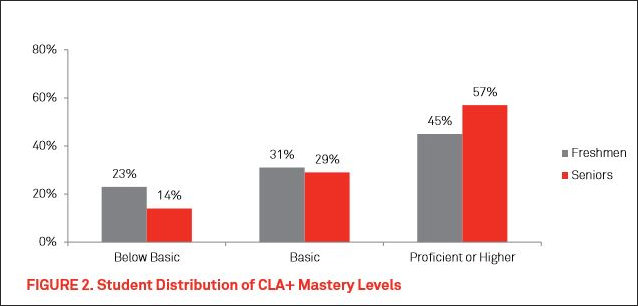
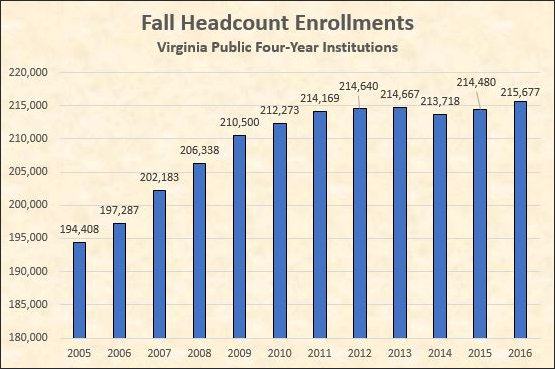
 By Elwood Earl “Sandy” Sanders, Jr.
By Elwood Earl “Sandy” Sanders, Jr.
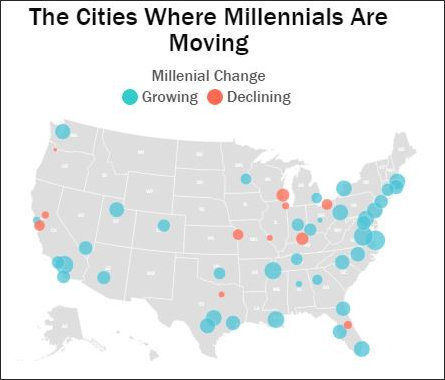


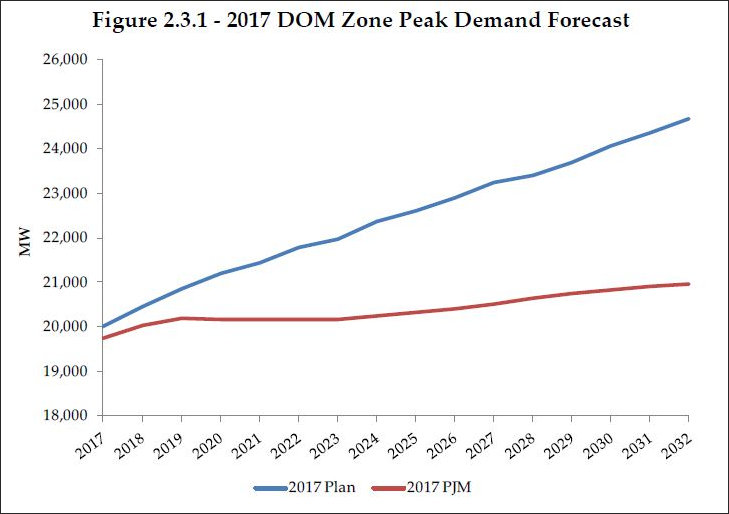
 S&P Global has warned that Illinois’ debt could be downgraded to junk bond status if the state doesn’t get its fiscal affairs in order. Paralyzed by partisan gridlock, the Prairie State hasn’t had a budget in two years. Since the Great Depression, no other state has gone for more than a year without a budget, reports the
S&P Global has warned that Illinois’ debt could be downgraded to junk bond status if the state doesn’t get its fiscal affairs in order. Paralyzed by partisan gridlock, the Prairie State hasn’t had a budget in two years. Since the Great Depression, no other state has gone for more than a year without a budget, reports the 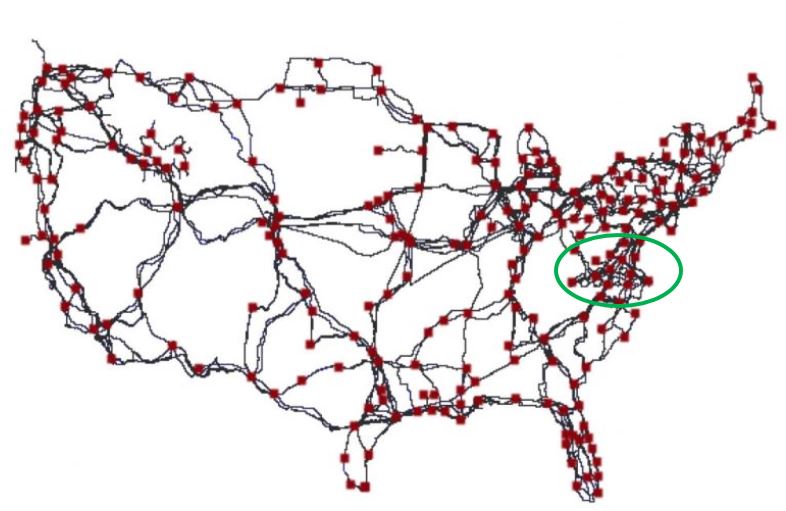
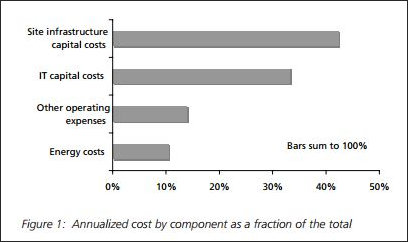
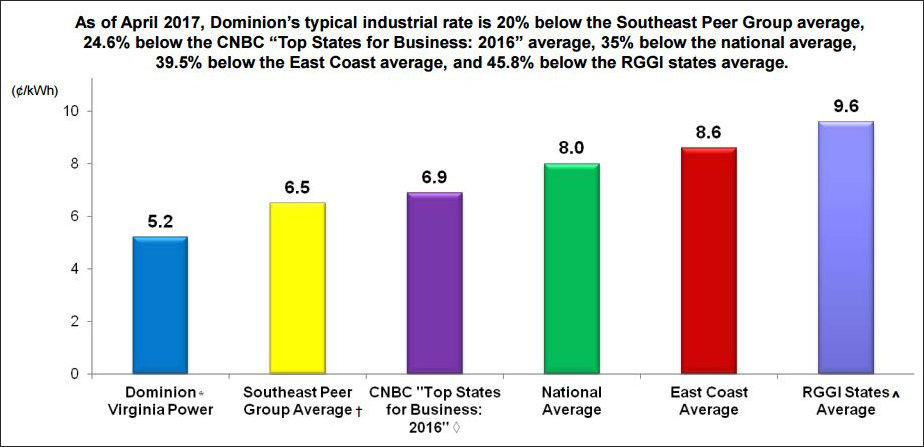
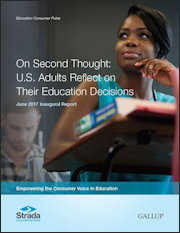 More than half of Americans (51%) would change a major education decision if they had it to do over again, finds a new report by the Strada Educational Network in conjunction withe Gallup polling organization: 36% would choose a different major, 28% would choose a different institution, and 12% would pursue a different degree.
More than half of Americans (51%) would change a major education decision if they had it to do over again, finds a new report by the Strada Educational Network in conjunction withe Gallup polling organization: 36% would choose a different major, 28% would choose a different institution, and 12% would pursue a different degree.

